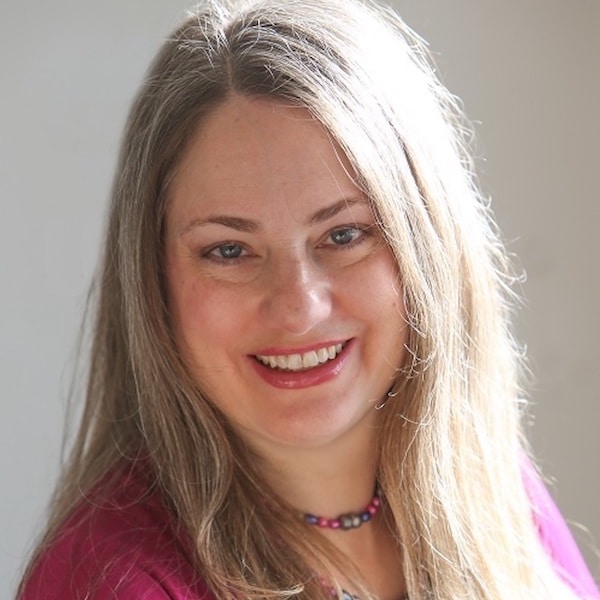We return to our story at a peak dramatic moment: In the Disney version of the tale, Rapunzel wants to heal Flynn, but Flynn refuses to allow her to promise her life away so that Mother Gothel will allow him to be healed. He would rather die than leave her in her tower. She would rather be imprisoned forever and lose him, than he lose his life. It is an impossible dilemma.
Flynn solves the problem by making Rapunzel’s decision for her—and in doing so, he demonstrates that he loves her more than he loves his own life. Considering that he is an orphan and a thief with a made-up life and a false identity, who likely has never bonded to anyone before now, this shows that he is a changed man. Using a shard of glass that he picked up in the battle with Mother Gothel, he cuts Rapunzel’s hair—the ultimate sacrifice, because she cannot heal him without it. In doing so, he is liberating her by making her worthless to Mother Gothel, when she wouldn’t have done that for herself. Rapunzel’s cropped hair loses its magic and turns brown. And then Flynn dies in her arms.
Here we arrive at the very nadir of hope and it’s reminiscent of the Grimm’s ending, where the prince falls on thorns, is blinded and spends the rest of his days in aimless wandering. And here Disney (which knows its audience expects a happy ending and a kiss) delivers a miracle. Rapunzel cries and a single tear falls on Flynn and that tear contains all that’s left of the hair’s magical powers. It is enough to heal Flynn and ultimately their happiness together is assured.
In the midst of all this Mother Gothel receives the punishment we expect: she falls from the tower and is no more. My perspicacious 3-year-old calls her a “bad guy mommy.” Her exploitation of Rapunzel’s hair is at an end.
I cannot imagine stating the themes of this tale better than author and folklorist Terri Windling, so I’ll quote her here:
“In the public mind (used to the Grimm’s version), Rapunzel’s tale was one intended for very young readers — with few realizing that at its root this is a story about puberty, sexual desire, and the evils of locking young women away from life and self-determination. In the children’s version, Rapunzel is just another passive princess waiting for her prince to come. In the older tales we glimpse a different story: about a girl whose life is utterly controlled by greedy, selfish, capricious adults … until she disobeys, chooses her own fate, and bursts from captivity into adult life.
Rapunzel’s story has become part of our folk tradition because its themes are universal and timeless. We’ve all hungered for things with too high a price; we’ve all felt imprisoned by another’s demands; we’ve all been carried away by love, only to end up blinded and broken; we all hope for grace at the end of our suffering, and a happy ending.”
In the next–and final–article in this series (on October 8), discover Rapunzel’s ultimate epiphany, and the takeaway from this year’s Venus Retrograde period.
Begin this article series here.
Read more about Venus Retrograde here.


